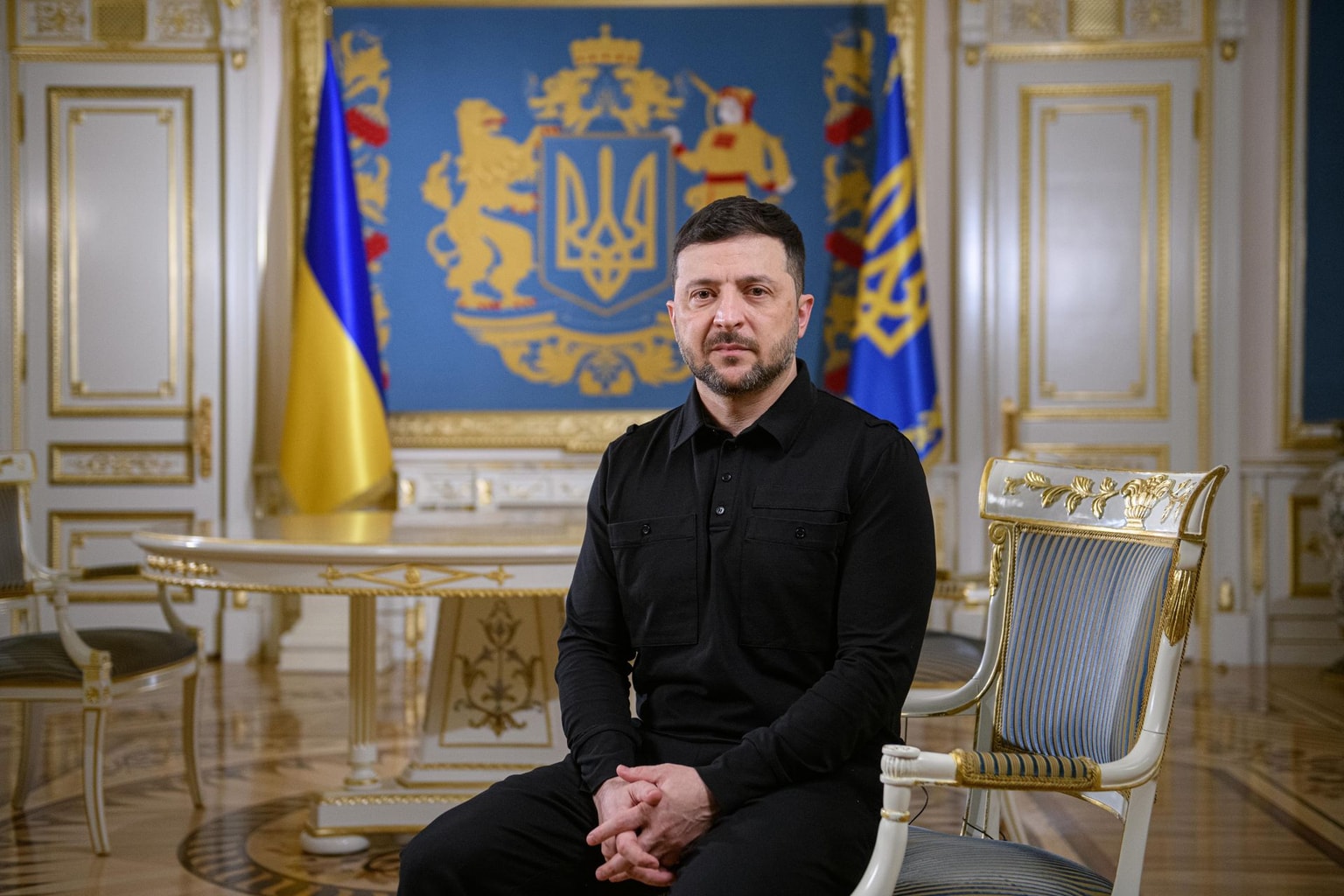Ukraine, US reach agreement on minerals deal

Exclusive: The full text of the US-Ukraine mineral deal
Ukraine has reached an agreement with the U.S. on a minerals deal, Olha Stefanishyna, Ukraine’s deputy prime minister and justice minister, told the Financial Times on Feb. 25.
President Volodymyr Zelensky's office confirmed to the Kyiv Independent that an agreement has been reached.
The negotiations around the deal have fueled tensions between U.S. President Donald Trump and Zelensky in the past week.
The Financial Times reported that Ukraine has secured more favorable terms during the negotiations and is framing the deal as a way to strengthen ties with the U.S.
Ukraine's Cabinet of Ministers is expected to recommend on Feb. 26 that the deal be signed, sources familiar with the discussions told Bloomberg.
Zelensky will likely head to Washington for a signing ceremony in the coming weeks, according to the Financial Times. The signing could come as early as Feb. 28, a senior Ukrainian official reportedly told AFP.
Trump told reporters later on Feb. 25 that Zelensky will visit the White House for a signing ceremony on Feb. 28.
The final version of the agreement, dated Feb. 24, establishes a fund to which Ukraine will contribute 50% of proceeds from the "future monetization" of state-owned mineral resources, including oil, gas, and related logistics. The fund will invest in projects within Ukraine.
The deal excludes resources that already contribute to Ukraine's state budget, meaning it will not cover operations by Naftogaz and Ukrnafta, the country's largest oil and gas producers.
The agreement does not include security guarantees from the U.S., which Kyiv had initially insisted on.
When asked what Ukraine gets out of the deal, Trump said Ukraine receives "military equipment and the right to fight on." It is not clear whether "military equipment" in this instance refers to previously shipped weapons or future aid to Kyiv.
Trump said ongoing weapons shipments to Kyiv could "go forward for awhile, maybe until we have a deal with Russia."
The latest draft of the agreement drops earlier U.S. demands for a $500 billion claim over Ukraine’s natural resources, which had been a major sticking point, according to the Ukrainian media outlet Economic Pravda, which has seen the agreement.
Under the revised terms, the fund will receive 50% of revenues from Ukraine’s resource-related infrastructure, including ports. Joint ownership will be determined based on actual financial contributions, and while management will be shared, the U.S. will have decision-making authority under its own laws.
The questions of the U.S. stake in the fund and the terms of “joint ownership” will be addressed in follow-up agreements, according to the Financial Times.
Zelensky had previously rejected the U.S. proposal, citing the lack of security guarantees and objecting to the 1:2 repayment structure, which would have required Ukraine to return two dollars for every one received in aid.
The Trump administration has increased pressure on Ukraine to finalize the deal in the past weeks, with Trump publicly attacking Zelensky, calling him a "dictator without elections" and urging him to "move fast, or he won’t have a country left."
Trump has framed the agreement as a way to strengthen Ukraine’s economy while ensuring the U.S. "recoups the tens of billions of dollars and military equipment sent to Ukraine."













